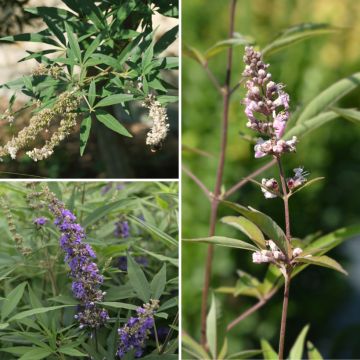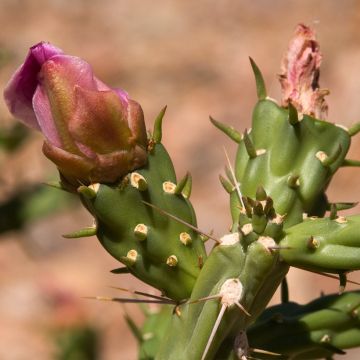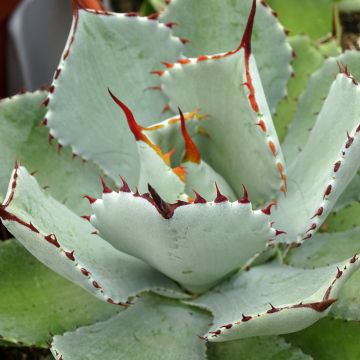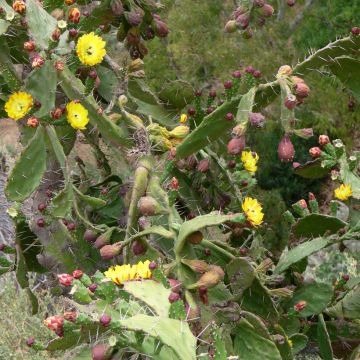

Schinus molle


Schinus molle


Schinus molle


Schinus molle


Schinus molle
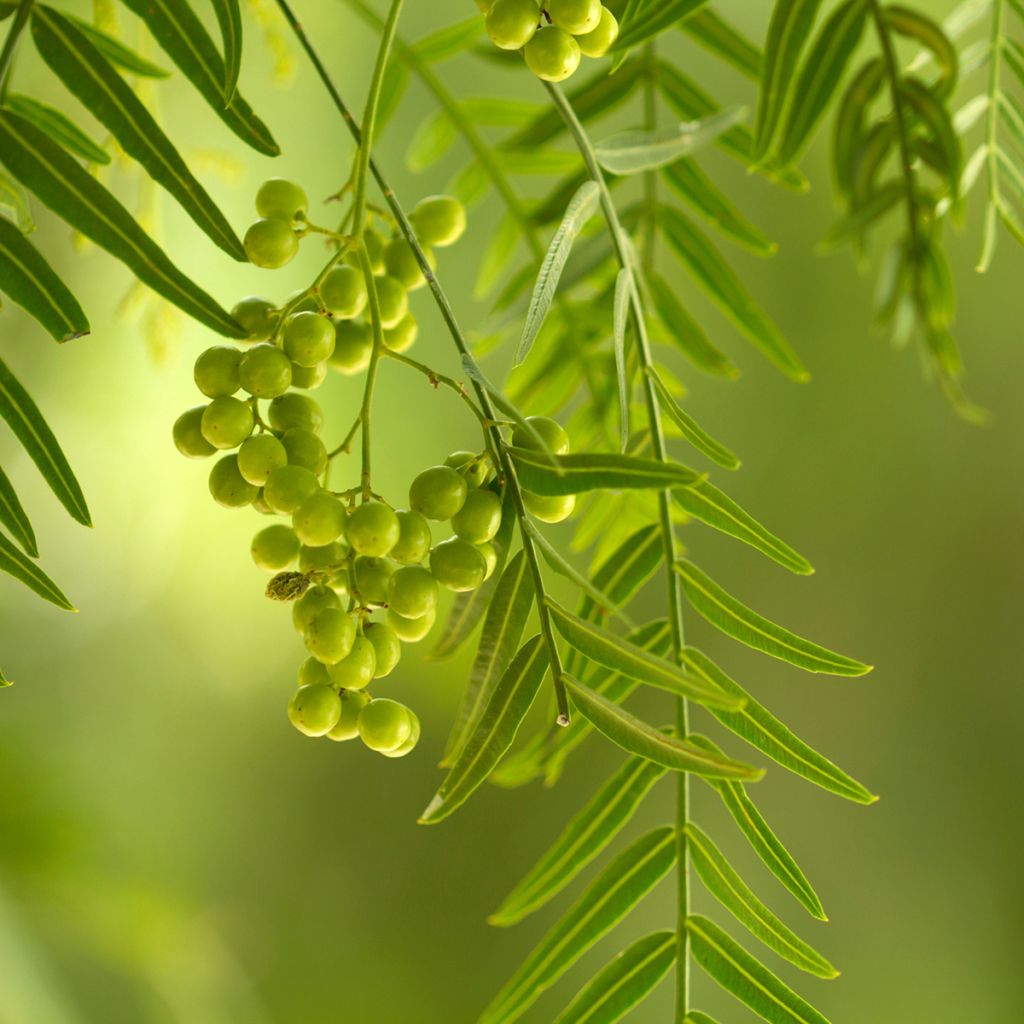

Schinus molle


Schinus molle


Schinus molle


Schinus molle
Schinus molle
Schinus molle
American Mastic
Special offer!
Receive a €20 voucher for any order over €90 (excluding delivery costs, credit notes, and plastic-free options)!
1- Add your favorite plants to your cart.
2- Once you have reached €90, confirm your order (you can even choose the delivery date!).
3- As soon as your order is shipped, you will receive an email containing your voucher code, valid for 3 months (90 days).
Your voucher is unique and can only be used once, for any order with a minimum value of €20, excluding delivery costs.
Can be combined with other current offers, non-divisible and non-refundable.
Why not try an alternative variety in stock?
View all →This plant carries a 24 months recovery warranty
More information
We guarantee the quality of our plants for a full growing cycle, and will replace at our expense any plant that fails to recover under normal climatic and planting conditions.
Would this plant suit my garden?
Set up your Plantfit profile →
Description
Schinus molle, also known as the False Pepper Tree or Wild Pepper Tree, is a fragrant, ornamental evergreen tree native to South America, commonly planted in gardens in warm climates. It is easily recognizable by its architectural habit, with trailing flexible branches adorned with compound leaves made up of delicate leaflets, as graceful as fern fronds. Its cream-white flowering in elongated panicles is relatively discreet, but produces small pretty pink berries on the female plants. Adapting to most well-drained soils, it tolerates heat and drought once well-rooted.
Schinus belongs to the Anacardiaceae family, along with Cotinus, Pistachio and Sumac. The Schinus genus comprises 30 species of trees and shrubs native to a region stretching from Mexico to Argentina. The genus name Schinus comes from Greek and means "mastic tree" (Pistacia lentiscus), due to the resemblance of some species to this plant from the same family. S. molle is indigenous to tropical South America (Brazil, Ecuador, Peru...), where it grows between 1000 and 3400 metres (3281 and 11155 feet) above sea level, in arid or rocky soils and in drought-exposed areas. In its natural habitat, it can reach a height of over 10 metres (33 feet) and has many common names depending on the regions where it grows.
Under Mediterranean climates, this fragrant False Pepper Tree has a smaller size and reaches an average height of 5 to 6 metres (16 to 20 feet) with a width of 3 to 4 metres (10 to 13 feet). It has a particularly graceful habit with an often twisted trunk becoming quite massive at the base, and irregularly arranged flexible branches that cascade like small waterfalls. The beautiful light green leaves are 20 to 25 cm (8 to 10in) long and composed of numerous narrow leaflets. When crushed the foliage emits a peppery fragrance, hence the plant's common name. In spring, 10 to 15 cm (4 to 6in) long panicles appear, bearing small cream-white flowers. As Schinus molle is a dioecious plant, the individual plants are either male or female. In the latter case, the flowers develop into decorative small berries, measuring 5 to 8 mm (1in) in diameter which turn a pretty pink when ripe. Thanks to its extensive root system, both in width and depth, this small tree proves to be highly resistant to drought. With rapid growth, this Schinus also withstands pruning very well, even severe pruning, and easily regenerates. The small shoots that commonly develop at the broadened base of old trunks demonstrate this ability to resprout easily.
Schinus molle displays a relative hardiness, tolerating temperatures as low as -6°C (21.2°F) to -8°C (17.6°F) when mature, or even lower under optimal conditions (sheltered from cold winds, well-exposed to sunlight, well-drained soil...). It thrives particularly well on the Mediterranean coast. Highly decorative, quickly forming a venerable-looking trunk with peeling bark, the False Pepper Tree is a very attractive plant that brings exoticism to coastal gardens, as long as it is not directly exposed to salt spray. To create an incredibly exotic scene, it can be paired with other plants with truly distinctive features, such as the Cycas revoluta, a prehistoric plant that forms a dense tuft supported by a short trunk. Palm trees are also essential in this style, such as the Washingtonia robusta, which seems to reach endlessly towards the sky with its slender and tall trunk. And for the finishing touch, nothing beats the Banana trees with their immense leaves evoking tropical exuberance.
Report an error about the product description
Schinus molle in pictures




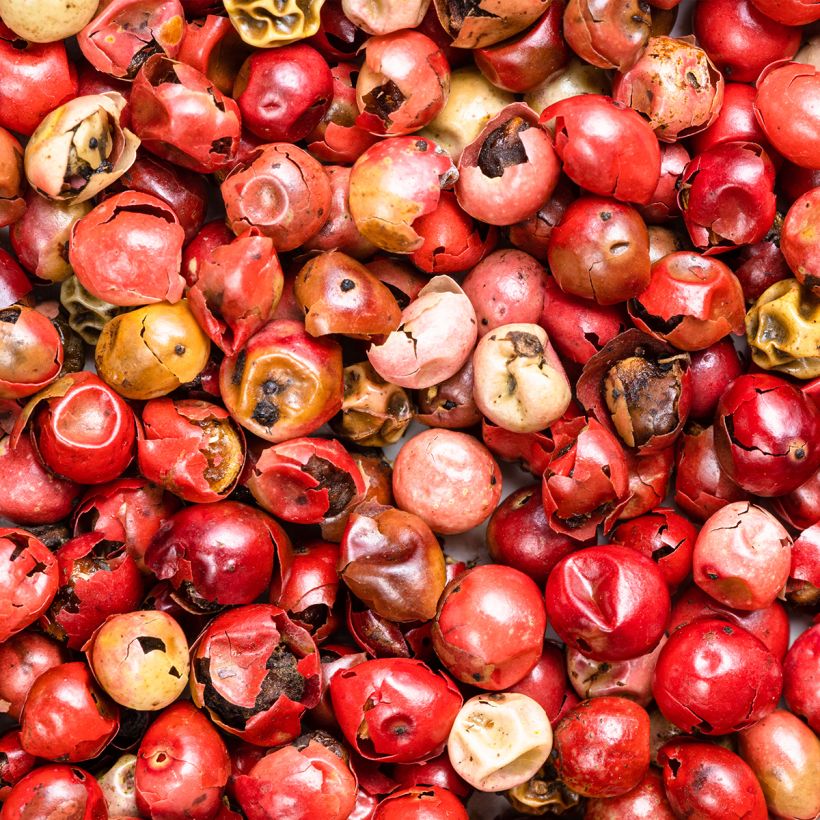

Plant habit
Flowering
Foliage
Safety measures
Botanical data
Schinus
molle
Anacardiaceae
American Mastic
South America
ingestion
Cette plante est toxique si elle est ingérée volontairement ou involontairement.
Ne la plantez pas là où de jeunes enfants peuvent évoluer, et lavez-vous les mains après l'avoir manipulée.
Pensez à conserver l'étiquette de la plante, à la photographier ou à noter son nom, afin de faciliter le travail des professionnels de santé.
Davantage d'informations sur https://plantes-risque.info
Other Shrubs A to Z
View all →Planting and care
Schinus molle is a tender tree that can only be grown in open ground in warm and sunny regions, where temperatures do not drop below -6 to -8 °C. Young plants must be even more protected from the cold. The foliage does not tolerate direct sea spray: make sure to place it in the second row, sheltered by other trees.
This False Pepper tree should be planted in full sun in a deep, loose soil close to neutral (neither too acidic nor too chalky). To ensure a good start, make sure to plant it in well-worked soil to allow its roots to descend more quickly. Regular deep watering should be done periodically during the planting year, and in case of a very dry summer for the following two years. Once well-rooted, it withstands summer drought well. In winter, it is preferable for the soil to be dry.
Pot cultivation is not recommended for this fast-growing tree.
Planting period
Intended location
Care
Planting & care advice
This item has not been reviewed yet - be the first to leave a review about it.
Similar products
Haven't found what you were looking for?
Hardiness is the lowest winter temperature a plant can endure without suffering serious damage or even dying. However, hardiness is affected by location (a sheltered area, such as a patio), protection (winter cover) and soil type (hardiness is improved by well-drained soil).

Photo Sharing Terms & Conditions
In order to encourage gardeners to interact and share their experiences, Promesse de fleurs offers various media enabling content to be uploaded onto its Site - in particular via the ‘Photo sharing’ module.
The User agrees to refrain from:
- Posting any content that is illegal, prejudicial, insulting, racist, inciteful to hatred, revisionist, contrary to public decency, that infringes on privacy or on the privacy rights of third parties, in particular the publicity rights of persons and goods, intellectual property rights, or the right to privacy.
- Submitting content on behalf of a third party;
- Impersonate the identity of a third party and/or publish any personal information about a third party;
In general, the User undertakes to refrain from any unethical behaviour.
All Content (in particular text, comments, files, images, photos, videos, creative works, etc.), which may be subject to property or intellectual property rights, image or other private rights, shall remain the property of the User, subject to the limited rights granted by the terms of the licence granted by Promesse de fleurs as stated below. Users are at liberty to publish or not to publish such Content on the Site, notably via the ‘Photo Sharing’ facility, and accept that this Content shall be made public and freely accessible, notably on the Internet.
Users further acknowledge, undertake to have ,and guarantee that they hold all necessary rights and permissions to publish such material on the Site, in particular with regard to the legislation in force pertaining to any privacy, property, intellectual property, image, or contractual rights, or rights of any other nature. By publishing such Content on the Site, Users acknowledge accepting full liability as publishers of the Content within the meaning of the law, and grant Promesse de fleurs, free of charge, an inclusive, worldwide licence for the said Content for the entire duration of its publication, including all reproduction, representation, up/downloading, displaying, performing, transmission, and storage rights.
Users also grant permission for their name to be linked to the Content and accept that this link may not always be made available.
By engaging in posting material, Users consent to their Content becoming automatically accessible on the Internet, in particular on other sites and/or blogs and/or web pages of the Promesse de fleurs site, including in particular social pages and the Promesse de fleurs catalogue.
Users may secure the removal of entrusted content free of charge by issuing a simple request via our contact form.
The flowering period indicated on our website applies to countries and regions located in USDA zone 8 (France, the United Kingdom, Ireland, the Netherlands, etc.)
It will vary according to where you live:
- In zones 9 to 10 (Italy, Spain, Greece, etc.), flowering will occur about 2 to 4 weeks earlier.
- In zones 6 to 7 (Germany, Poland, Slovenia, and lower mountainous regions), flowering will be delayed by 2 to 3 weeks.
- In zone 5 (Central Europe, Scandinavia), blooming will be delayed by 3 to 5 weeks.
In temperate climates, pruning of spring-flowering shrubs (forsythia, spireas, etc.) should be done just after flowering.
Pruning of summer-flowering shrubs (Indian Lilac, Perovskia, etc.) can be done in winter or spring.
In cold regions as well as with frost-sensitive plants, avoid pruning too early when severe frosts may still occur.
The planting period indicated on our website applies to countries and regions located in USDA zone 8 (France, United Kingdom, Ireland, Netherlands).
It will vary according to where you live:
- In Mediterranean zones (Marseille, Madrid, Milan, etc.), autumn and winter are the best planting periods.
- In continental zones (Strasbourg, Munich, Vienna, etc.), delay planting by 2 to 3 weeks in spring and bring it forward by 2 to 4 weeks in autumn.
- In mountainous regions (the Alps, Pyrenees, Carpathians, etc.), it is best to plant in late spring (May-June) or late summer (August-September).
The harvesting period indicated on our website applies to countries and regions in USDA zone 8 (France, England, Ireland, the Netherlands).
In colder areas (Scandinavia, Poland, Austria...) fruit and vegetable harvests are likely to be delayed by 3-4 weeks.
In warmer areas (Italy, Spain, Greece, etc.), harvesting will probably take place earlier, depending on weather conditions.
The sowing periods indicated on our website apply to countries and regions within USDA Zone 8 (France, UK, Ireland, Netherlands).
In colder areas (Scandinavia, Poland, Austria...), delay any outdoor sowing by 3-4 weeks, or sow under glass.
In warmer climes (Italy, Spain, Greece, etc.), bring outdoor sowing forward by a few weeks.

































